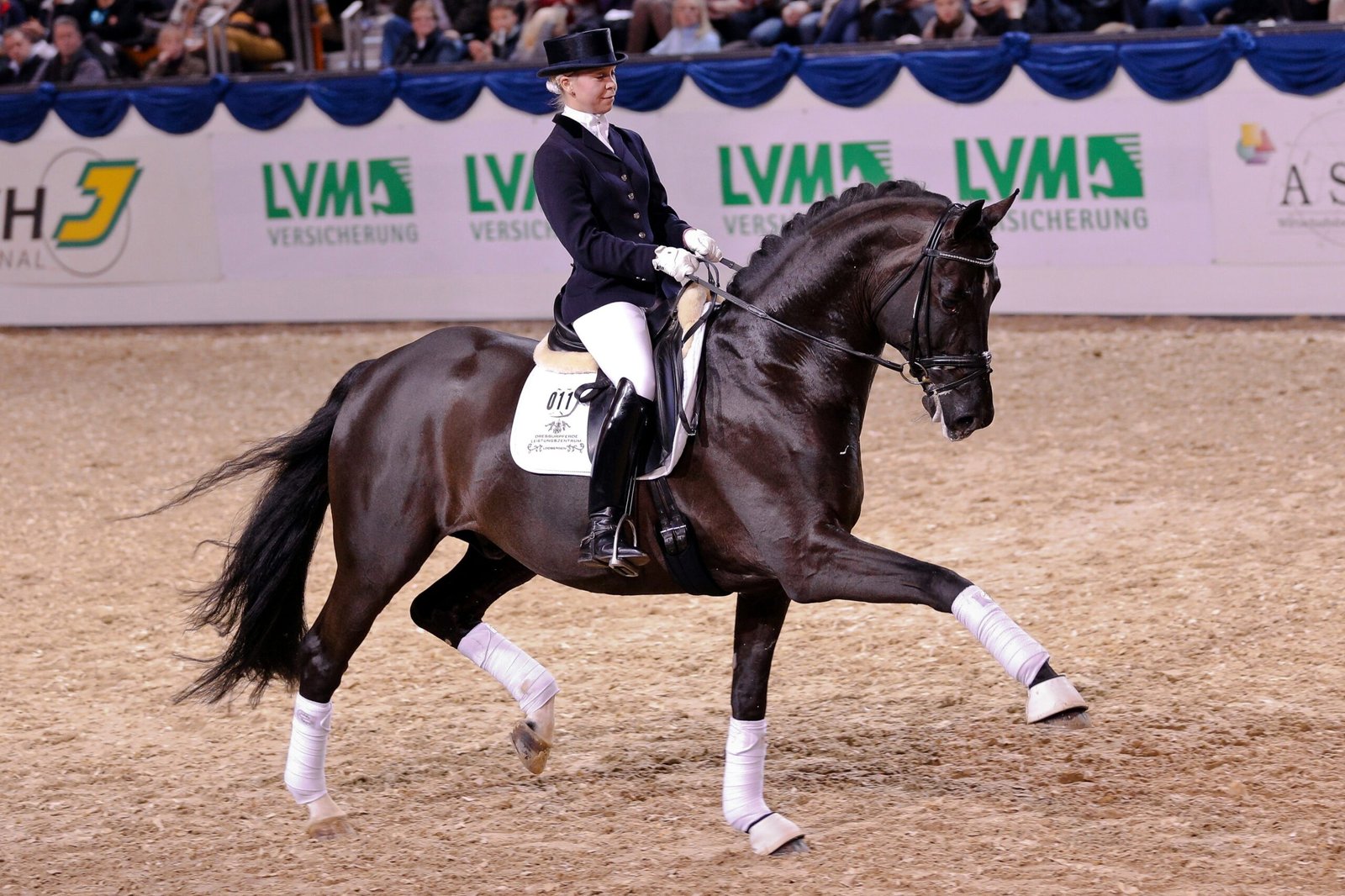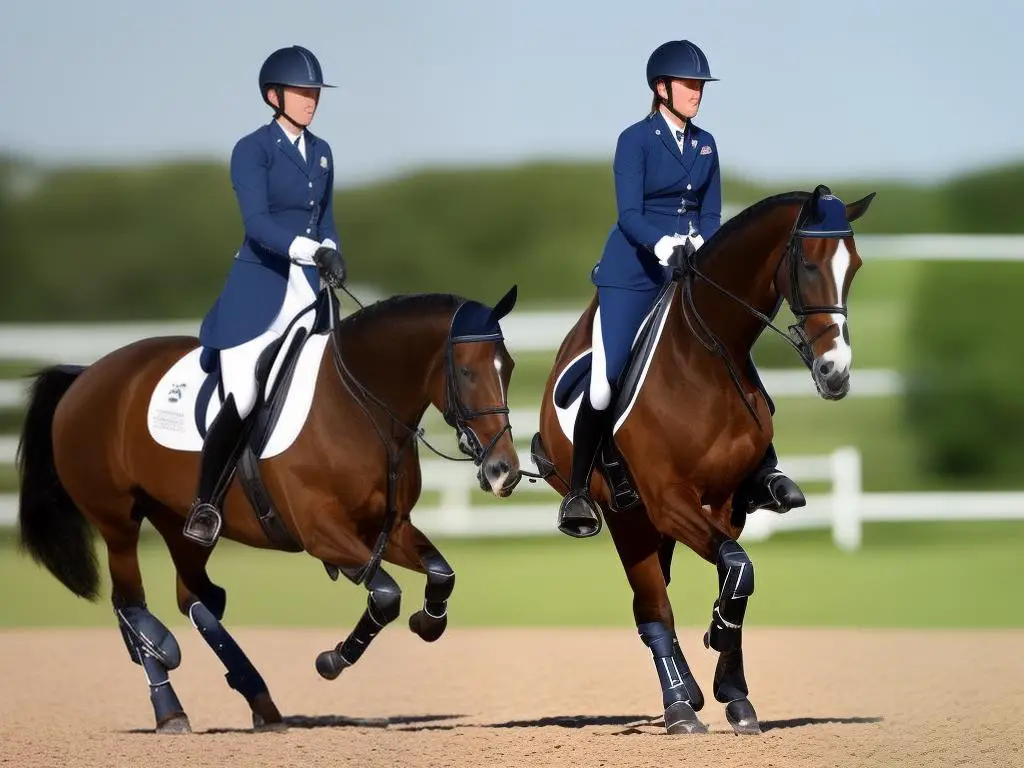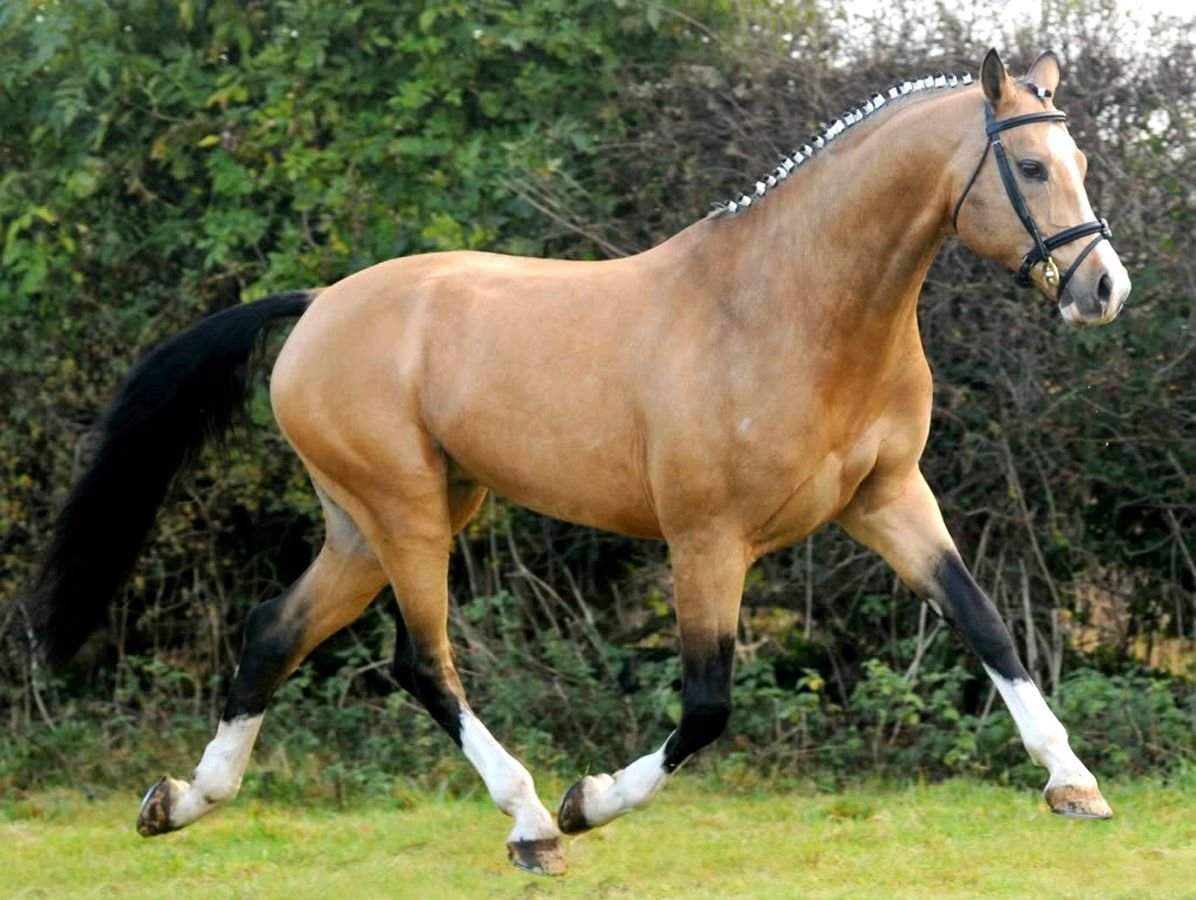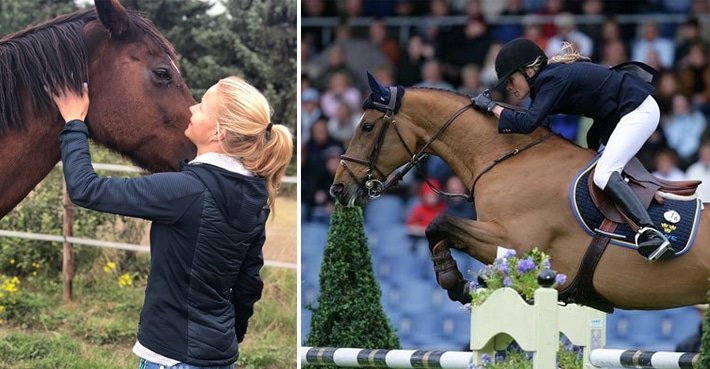Warmblood horses are renowned for their athleticism and versatility, making them ideal for equestrian disciplines like dressage, show jumping, and eventing. Proper training tailored to each sport is essential to unlock their full potential. Here’s a guide to training your warmblood for these demanding disciplines.
1. Training Warmbloods for Dressage
Dressage emphasizes precision, balance, and communication between horse and rider.
Key Steps in Dressage Training:
- Foundation Work: Start with basic commands, groundwork, and developing trust.
- Focus on Gaits: Refine the walk, trot, and canter to achieve smooth, rhythmic movements.
- Flexibility and Balance: Use exercises like serpentines and transitions to enhance suppleness.
- Advanced Movements: Introduce lateral work, half-passes, piaffe, and passage gradually.
- Consistency: Practice regularly to develop muscle memory and refine the horse’s responsiveness.
Tips for Success:
- Reward progress with praise and treats.
- Incorporate stretches and breaks to prevent fatigue.
- Work with a skilled dressage trainer for advanced techniques.
2. Training Warmbloods for Show Jumping
Show jumping requires speed, agility, and the ability to clear obstacles with precision.
Key Steps in Show Jumping Training:
- Groundwork: Build trust and responsiveness through groundwork exercises.
- Pole Work: Start with ground poles to develop rhythm and improve focus.
- Small Jumps: Introduce low fences to build confidence and proper jumping technique.
- Course Practice: Progress to full courses with combinations, oxers, and verticals.
- Stamina and Fitness: Include conditioning exercises like cantering and hill work.
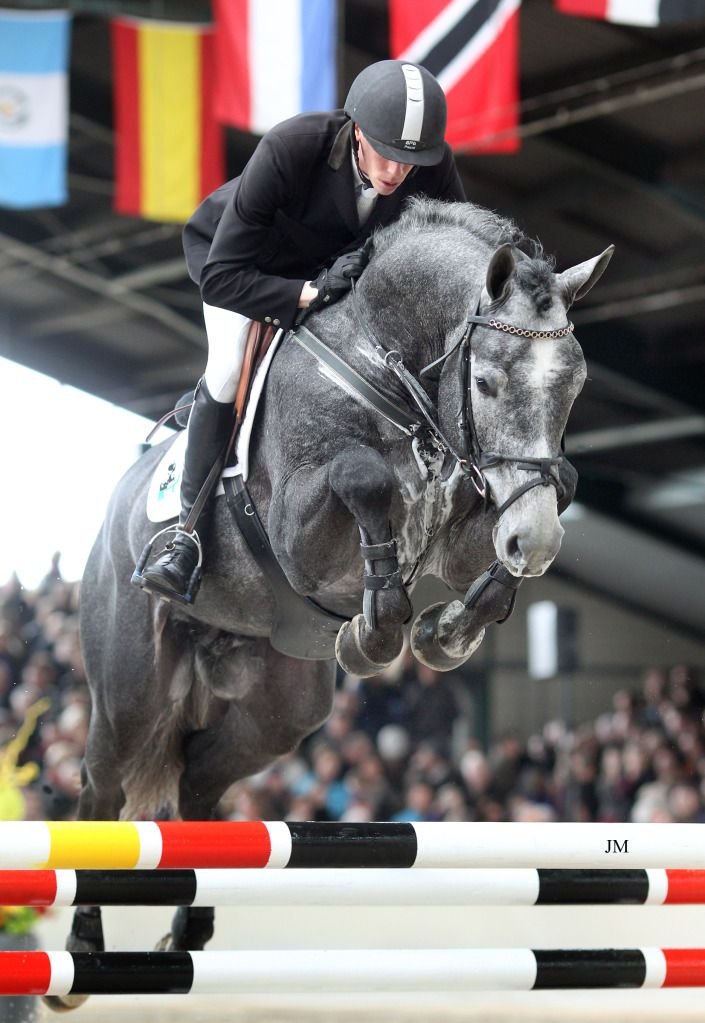
Tips for Success:
- Focus on balance and rhythm between obstacles.
- Gradually increase the height and complexity of jumps.
- Use positive reinforcement to build confidence.
3. Training Warmbloods for Eventing
Eventing combines dressage, cross-country, and show jumping, requiring versatility and endurance.
Key Steps in Eventing Training:
- Dressage Basics: Establish strong dressage skills to lay the foundation for other phases.
- Cross-Country Training: Introduce natural obstacles like logs and water crossings.
- Jumping Courses: Practice show jumping to refine accuracy and timing.
- Endurance Building: Include long rides, interval training, and terrain variation.
- Desensitization: Expose your horse to different environments and challenges.
Tips for Success:
- Balance work between the three phases to avoid overtraining.
- Ensure the horse is comfortable with cross-country obstacles like ditches and banks.
- Monitor your horse’s fitness and recovery closely.
4. General Training Principles for Warmbloods
- Patience: Warmbloods mature slowly; allow time for physical and mental development.
- Health Checks: Regular veterinary care ensures optimal performance and prevents injuries.
- Variety: Rotate training routines to keep the horse engaged and prevent burnout.
- Proper Gear: Use equipment suited to each discipline to ensure comfort and safety.
- Professional Guidance: Work with experienced trainers to refine your techniques.
5. Nutrition and Care
A proper diet is crucial for your warmblood’s performance and recovery.
- Balanced Diet: Provide high-quality forage, grains, and supplements tailored to activity levels.
- Hydration: Ensure constant access to clean water.
- Post-Training Care: Cool down your horse properly to avoid stiffness and strain.
Conclusion
Training a warmblood for dressage, show jumping, and eventing is a rewarding journey that requires dedication, patience, and consistent effort. With tailored techniques and a focus on the horse’s well-being, you can develop a capable and confident equine athlete ready to excel in any arena.







